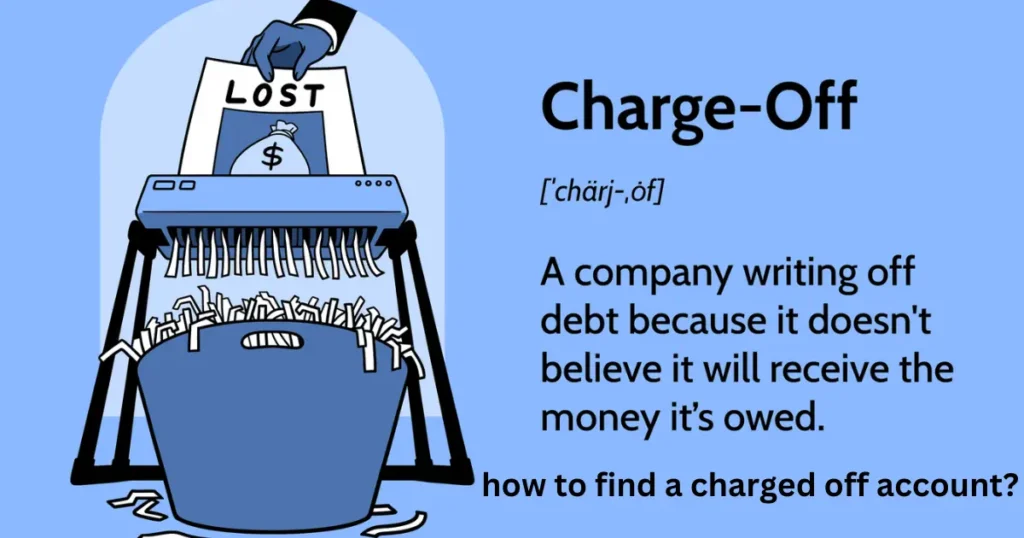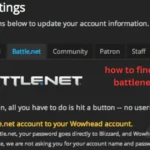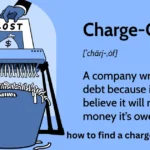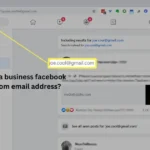Imagine you’re building a fantastic sandcastle on the beach. You’ve got towers, moats, and even a drawbridge. But then, you discover a small crack in one of the walls. That crack is like a charged-off account on your credit report. It’s a problem that needs fixing so your sandcastle – or your credit score – can stay strong.
A charged-off account means you fell so far behind on payments that the lender gave up hope of getting their money back. They closed your account and wrote it off as a loss. This can seriously damage your credit score and make it hard to borrow money in the future.
But don’t worry! This guide will show you exactly how to find a charged-off account and what you can do about it.
How to Find a Charged-Off Account on Your Credit Report
Your credit report is like a report card for your borrowing history. It shows how well you’ve managed your credit cards, loans, and other debts. Lenders use this report to decide if they should lend you money and at what interest rate.3
To find a charged-off account, you need to check your credit report. Here’s how:
Get your free credit reports.
You can get a free copy of your credit report from each of the three major credit bureaus – Equifax, Experian, and TransUnion – once a year at AnnualCreditReport.com. Due to the COVID-19 pandemic, you can get free weekly reports until the end of 2023.
Look for the “accounts” or “trade lines” section.
This section lists all your credit accounts, including credit cards, loans, and mortgages.
Check the status of each account.
Look for any accounts listed as “charged off,” “written off,” or “profit and loss.” These terms all mean the same thing – the lender has given up on collecting the debt.
Review the details of the charged-off account.
Pay attention to the date of the charge-off, the original creditor, and the amount owed. This information will be helpful if you decide to address the charged-off account.
Understanding Your Credit Report
Your credit report contains a wealth of information beyond just charged-off accounts. It’s important to understand the different sections and what they mean:
- Personal Information: This section includes your name, address, Social Security number, and date of birth.
- Credit Inquiries: This section lists everyone who has accessed your credit report, including lenders, employers, and yourself.
- Public Records: This section may include information about bankruptcies, tax liens, and court judgments.
- Credit Accounts: This section, also known as “trade lines,” provides details about your credit accounts, including:
- Type of account: Credit card, loan, mortgage, etc.
- Original creditor: The name of the company that issued the credit.
- Account number: Your account number.
- Date opened: The date you opened the account.
- Credit limit or loan amount: The maximum amount of credit or the original loan amount.
- Account balance: The amount you currently owe.
- Payment history: Your record of on-time and late payments.
- Account status: Open, closed, charged off, etc.
What Does a Charged-Off Account Look Like?
A charged-off account will typically have a negative status, such as:
- Charged off: This is the most common term used to indicate that an account has been written off as a loss.
- Written off: This means the same thing as “charged off.”
- Profit and loss: This is another term used to indicate a charged-off account.
- Collection: Sometimes, a charged-off account will be sold to a collection agency, which will then try to collect the debt.11 This will be indicated on your credit report.
Here’s an example of what a charged-off account might look like on your credit report:
| Account Information | Details |
|---|---|
| Creditor | ABC Department Store |
| Account Number | XXXX-XXXX-XXXX-1234 |
| Date Opened | 03/15/2020 |
| Credit Limit | $1,000 |
| Account Balance | $600 |
| Payment History | 120 days past due |
| Account Status | Charged off |
| Date of Charge-Off | 09/15/2021 |
Why Did My Account Get Charged Off?
An account is usually charged off after a long period of delinquency, typically 180 days or more. This means you haven’t made a payment in six months.
Here are some common reasons why accounts get charged off:
- Financial hardship: Job loss, illness, or unexpected expenses can make it difficult to keep up with bills.
- Forgetfulness: Sometimes, people simply forget to pay their bills.
- Disagreement with the creditor: You might have a dispute with the creditor about the amount owed or the terms of the agreement.
What Happens After an Account is Charged Off?
After an account is charged off, several things can happen:
- Damage to your credit score: A charged-off account can significantly lower your credit score.
- Collection activity: The original creditor may sell the debt to a collection agency, which will then try to collect the debt from you.
- Legal action: In some cases, the creditor or collection agency may sue you to collect the debt.
How to Deal with a Charged-Off Account
Finding a charged-off account on your credit report can be stressful, but there are steps you can take to address it:
Verify the debt.
Make sure the charged-off account is actually yours and that the information is accurate. If you find any errors, dispute them with the credit bureau.
Consider your options.
You have several options for dealing with a charged-off account:
- Pay the debt in full: This is the best option for your credit score, as it shows you are responsible and committed to paying your debts.
- Negotiate a settlement: You may be able to negotiate with the creditor or collection agency to pay a lower amount than what you originally owed.
- Wait for the statute of limitations to expire: In some states, there is a time limit for how long a creditor or collection agency can sue you for a debt. Once the statute of limitations expires, they can no longer take legal action. However, the charged-off account will still remain on your credit report for seven years.
Monitor your credit report.
After you’ve addressed the charged-off account, continue to monitor your credit report regularly to make sure the information is accurate and that your credit score is improving.
Tips for Preventing Charged-Off Accounts
- Make payments on time: This is the most important thing you can do to protect your credit.
- Set up payment reminders: Use a calendar, app, or online banking to remind you when bills are due.
- Communicate with your creditors: If you’re having trouble making payments, contact your creditors immediately. They may be willing to work with you to create a payment plan.
- Create a budget: A budget can help you track your income and expenses so you can make sure you have enough money to pay your bills.
How a Charged-Off Account Affects Your Credit
A charged-off account can have a serious impact on your credit score. Here’s how:
- Lower credit score: A charged-off account is a major negative item on your credit report. It can lower your score by 100 points or more.
- Difficulty getting credit: Lenders may be hesitant to approve you for new credit, such as a credit card, loan, or mortgage.
- Higher interest rates: If you are approved for credit, you may be charged higher interest rates.
- Difficulty renting an apartment: Some landlords check credit reports when screening tenants. A charged-off account could make it difficult to rent an apartment.
- Difficulty getting a job: Some employers check credit reports as part of the hiring process. A charged-off account could affect your job prospects.
The good news is that the negative impact of a charged-off account will decrease over time. After seven years, it will be removed from your credit report. However, it’s important to take steps to address the charged-off account as soon as possible to minimize the damage to your credit.
Summary: Taking Control of Your Credit Health
Finding a charged-off account on your credit report can be a wake-up call. But it’s not the end of the world. By understanding what a charged-off account is, how to find it, and how to address it, you can take control of your credit health and move towards a brighter financial future.
Remember to get your free credit reports regularly, monitor your accounts, and make payments on time to avoid future credit problems.
FAQs
How long does a charged-off account stay on my credit report?
A charged-off account will stay on your credit report for seven years from the date of the first delinquency that led to the charge-off.
Can I remove a charged-off account from my credit report?
It’s difficult to remove a legitimate charged-off account from your credit report before the seven-year period. However, you can try disputing the account with the credit bureau if you believe it’s inaccurate or if there are errors in the reporting.
Will paying a charged-off account improve my credit score?
Paying a charged-off account can improve your credit score over time, especially if it was recently charged off. It shows lenders that you are taking responsibility for your debts. However, it won’t erase the negative impact completely.
Should I pay a charged-off account or wait for the statute of limitations to expire?
The best course of action depends on your individual circumstances. Paying the debt can improve your credit score, but waiting for the statute of limitations to expire may be an option if you can’t afford to pay. However, keep in mind that the debt may still be sold to another collection agency, and they may continue to contact you.
What is the difference between a charge-off and a collection account?
A charge-off is when a lender writes off a debt as a loss after a period of delinquency. A collection account is when the debt is sold to a collection agency, which will then try to collect the debt from you. Both charge-offs and collection accounts can seriously damage your credit score.







